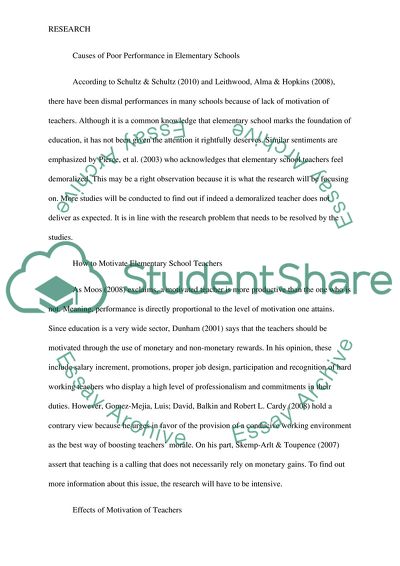Cite this document
(“Teaching Staffs In American Elementary Schools Assignment”, n.d.)
Teaching Staffs In American Elementary Schools Assignment. Retrieved from https://studentshare.org/human-resources/1666875-teaching-staffs-in-american-elementary-schools
Teaching Staffs In American Elementary Schools Assignment. Retrieved from https://studentshare.org/human-resources/1666875-teaching-staffs-in-american-elementary-schools
(Teaching Staffs In American Elementary Schools Assignment)
Teaching Staffs In American Elementary Schools Assignment. https://studentshare.org/human-resources/1666875-teaching-staffs-in-american-elementary-schools.
Teaching Staffs In American Elementary Schools Assignment. https://studentshare.org/human-resources/1666875-teaching-staffs-in-american-elementary-schools.
“Teaching Staffs In American Elementary Schools Assignment”, n.d. https://studentshare.org/human-resources/1666875-teaching-staffs-in-american-elementary-schools.


